Crews returned to the beach Monday for a second day of cleanup work following a fish kill on Palm Beach that left scores of colorful reef dwellers dead last weekend.
Though many of the jewel-toned fish had disappeared from an area near Root Trail just north of The Breakers, where they had been discovered late last week, the town sent a contractor to the beach to remove those that remained, Town Manager Kirk Blouin said Monday.
"We had crews out there all day Sunday, and we're following up because of the rot and smell," he said. "We look for seabirds. They take care of it. There weren't a lot of them around on Sunday."
Blouin said many of the dead fish could have washed back out to sea following heavy rains over the weekend, while others could have been fed upon by birds or other fish.
More: Amid transparency concerns, Palm Beach will seek to conduct own water tests
State officials investigating source of fish kill
The Florida Fish and Wildlife Conservation Commission continues to investigate what caused the fish kill and will release that information when it becomes available, FWC spokeswoman Carol Lyn Parrish said Monday.
Water samples collected last week are being tested and analyzed for possible contaminants, Parrish said. There is no timeline for when those tests will be completed.
While the fish kill's origins have yet to be identified officially, different theories have circulated.
Anglers and divers reported an upwelling of cold water recently left the reef off Palm Beach in temperatures of between 62 and 67 degrees — enough to kill tropical fish, Lake Worth Waterkeeper Reinaldo Diaz told the Palm Beach Post on Saturday.
In August 2010, a wave of upwellings was blamed for fatally bleaching corals off the coast of central Palm Beach County and killing fish.
Parrish said heavy rains also can cause fish kills.
"Sometimes it'll be one species of fish that's affected, and sometimes it might be several species of fish," she said. "It really depends on what environmental event led to the fish kill."
Red tide most likely was not a culprit, Blouin said. Karenia brevis, the species that causes most red tides in Florida, has not been observed along the east coast of Florida. The last outbreak of red tide in Palm Beach County was 2018.
The town issued an alert Saturday afternoon calling the fish kill a "natural occurrence" and telling residents they should not be concerned.
State officials first became aware of the fish kill on Thursday after a report was made to the state's fish kill hotline, Parrish said.
Longtime resident Barbara Meister discovered the fish kill the following day as she walked on the beach near her oceanfront home, and she reported it to FWC officials.
Meister, a conservationist who walks the beach regularly to inspect sea turtle nests, said she was surprised and saddened to see the extent of the fish kill.
"I went into shock," she said. "I've never seen anything like it. I'm a native. I grew up in Miami, and I grew up on the ocean, and I've been on boats. It's crazy. When I saw that, I couldn't believe it."
jwagner@pbdailynews.com
@JRWagner5
The Link LonkJune 29, 2021 at 11:47PM
https://ift.tt/3wbc44M
Fish kill on Palm Beach remains under investigation as cleanup continues - Palm Beach Post
https://ift.tt/35JkYuc
Fish





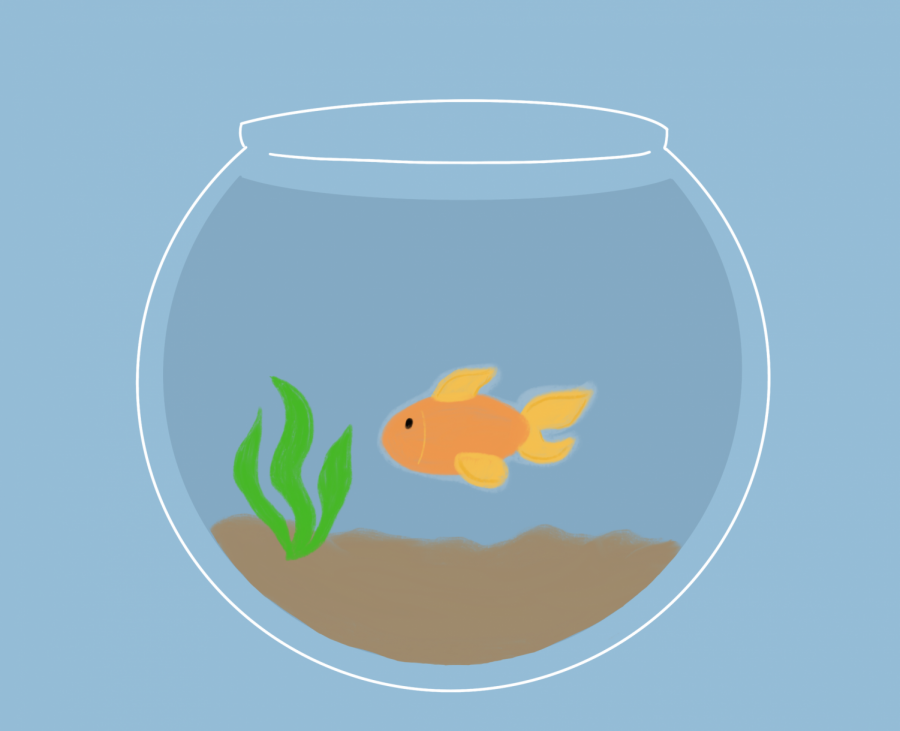
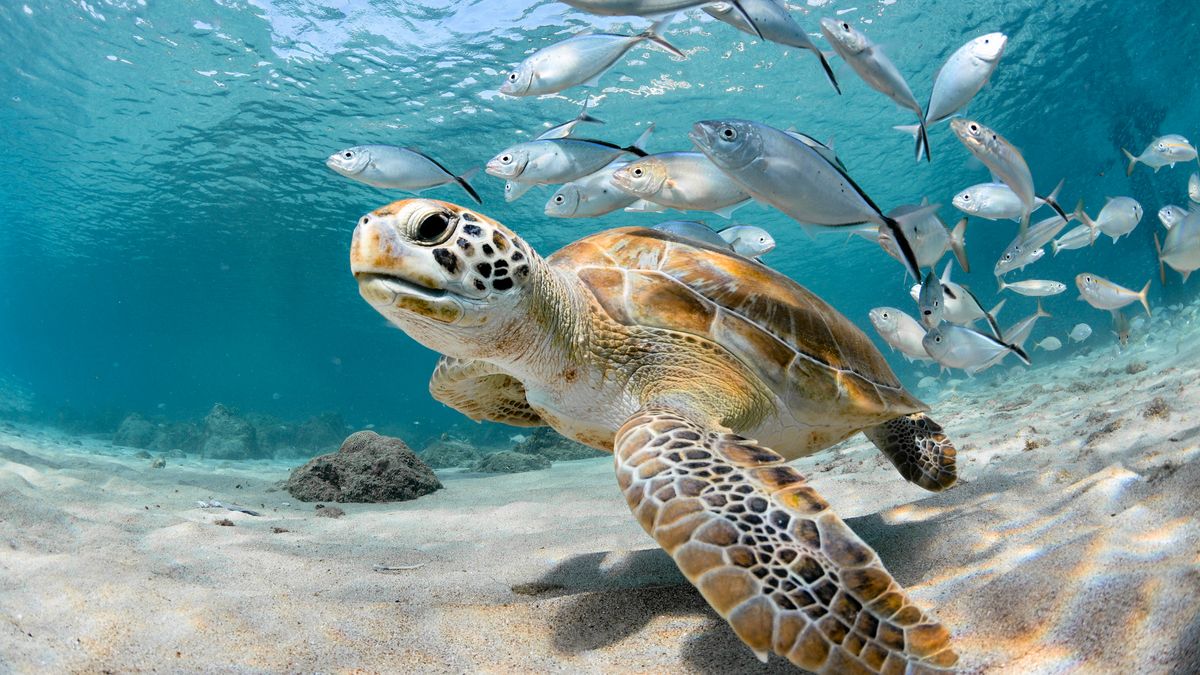
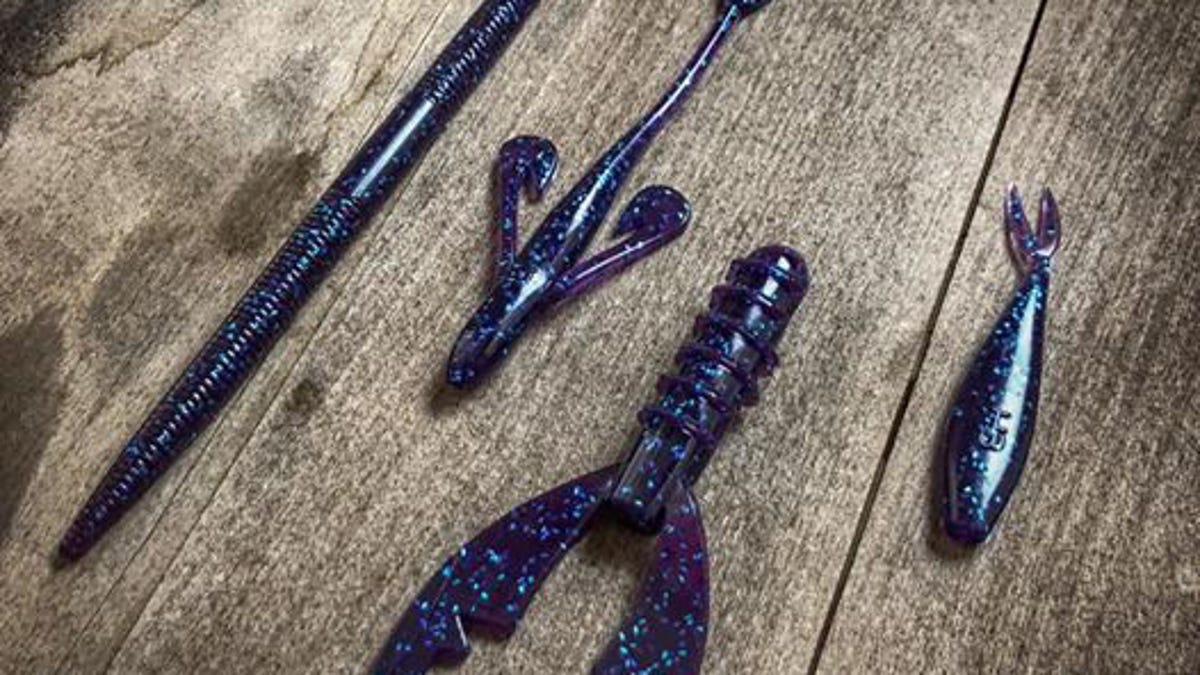



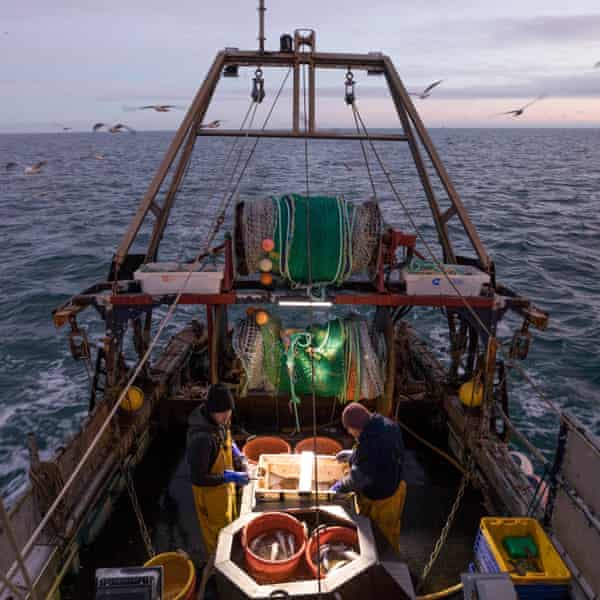
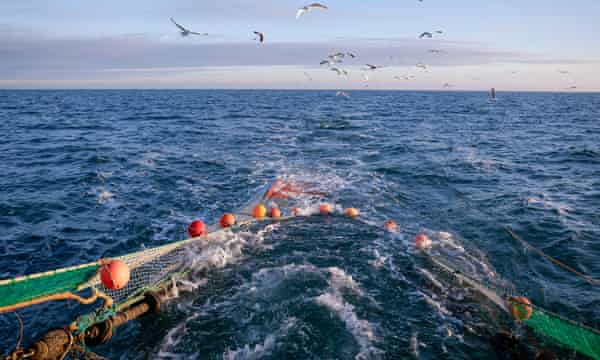

:no_upscale()/cdn.vox-cdn.com/uploads/chorus_asset/file/22684863/Screen_Shot_2021_06_27_at_4.41.59_PM.png)



